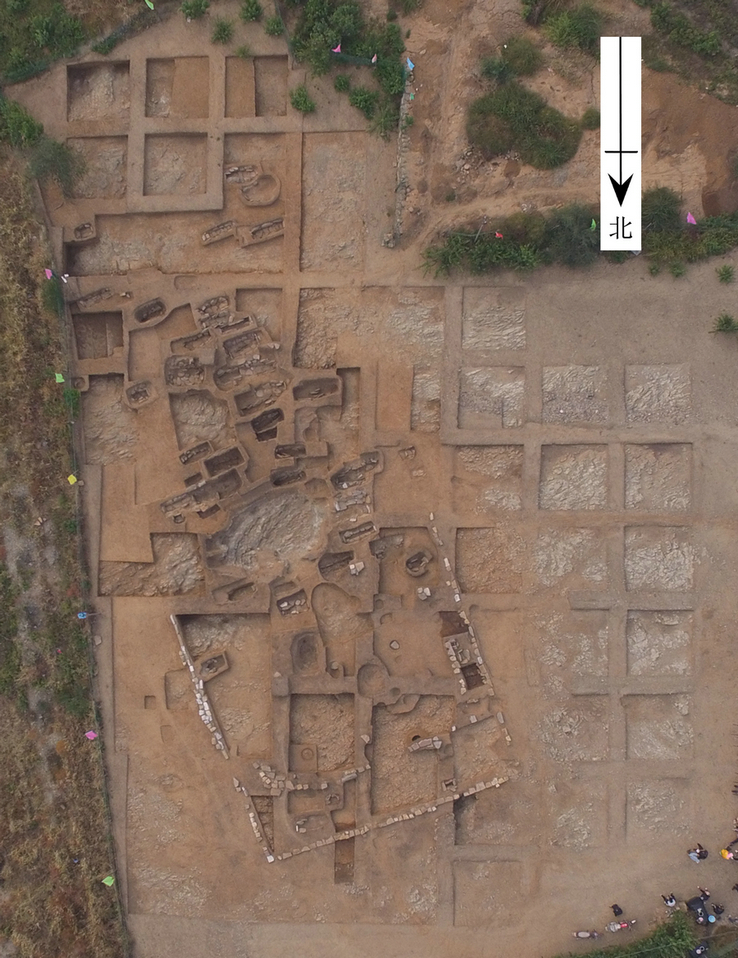

Bai Baoyu, director of Liaoning Provincial Institute of Cultural Relics and Archaeology, shares with China Daily the significance of Hongshan Culture and the major archaeological findings over the years.
Q: Hongshan Culture in the Liaohe River Basin, Liangzhu Culture in the Yangtze River Basin and Yangshao Culture in the Yellow River Basin have been listed as the main origins of Chinese civilization. What are the similarities and differences between them?
A: Due to the differences in geographical environment, the Hongshan people may have different ways of obtaining living resources, as well as the social organizations related to them. Hongshan Culture shows a path for the emergence and development of civilization. It is the "tap root" for Chinese civilization with a clear pedigree.
All the three cultures have been passed on, reflecting the wisdom of the ancient people and the time-honored pursuit of harmony, common ground and coexistence of the Chinese nation.
Q: The archaeological works of Hongshan involve international scholars. Can you briefly introduce their contributions?
A: Johan Gunnar Andersson, an archaeologist from Sweden, discovered the site of Shaguotun Cave in Jinxi county (now Huludao city). Although Hongshan Culture was not identified at that time, it was the first time a site was connected with the Yangshao Culture in the Central China Plains.
Shingo Akiyama, an archaeologist from Japan, led a Sino-Japanese cooperative research team to complete the mapping of No 16 site of Niuheliang.
Christian E Peterson, an archaeologist from the United States, introduced the method of systematic regional-scale survey and households analysis into the study of Hongshan Culture, which helped obtain more information that has been a beneficial supplement to archaeological investigation and excavations.
Q: Why did experts identify No 1 site of Niuheliang as a city?
A: No 1 site is a step-like group of buildings at the highest point of the ridge built by laying soil and stones.
The construction method and structure shown by this site are quite similar to the characteristics of Huangchengtai at the Shimao site in Shaanxi province, which was built more than 1,000 years later than the Hongshan Culture.
After study and research, it can be inferred that No 1 site, which adopted the same building method, should also be considered a city of that time.
Q: What are the values of Hongshan Culture?
A: The first is the aesthetic value of the culture. The exquisite cultural relics that have been unearthed, including painted potteries and jade ware, reveal the ancient people's belief system, which is also reflected in construction planning of altars, temples, rubble mound tombs and other remains.
On the other hand, the technological level of the culture is mainly reflected in the jade craft.
Fang Aiqing contributed to this story.